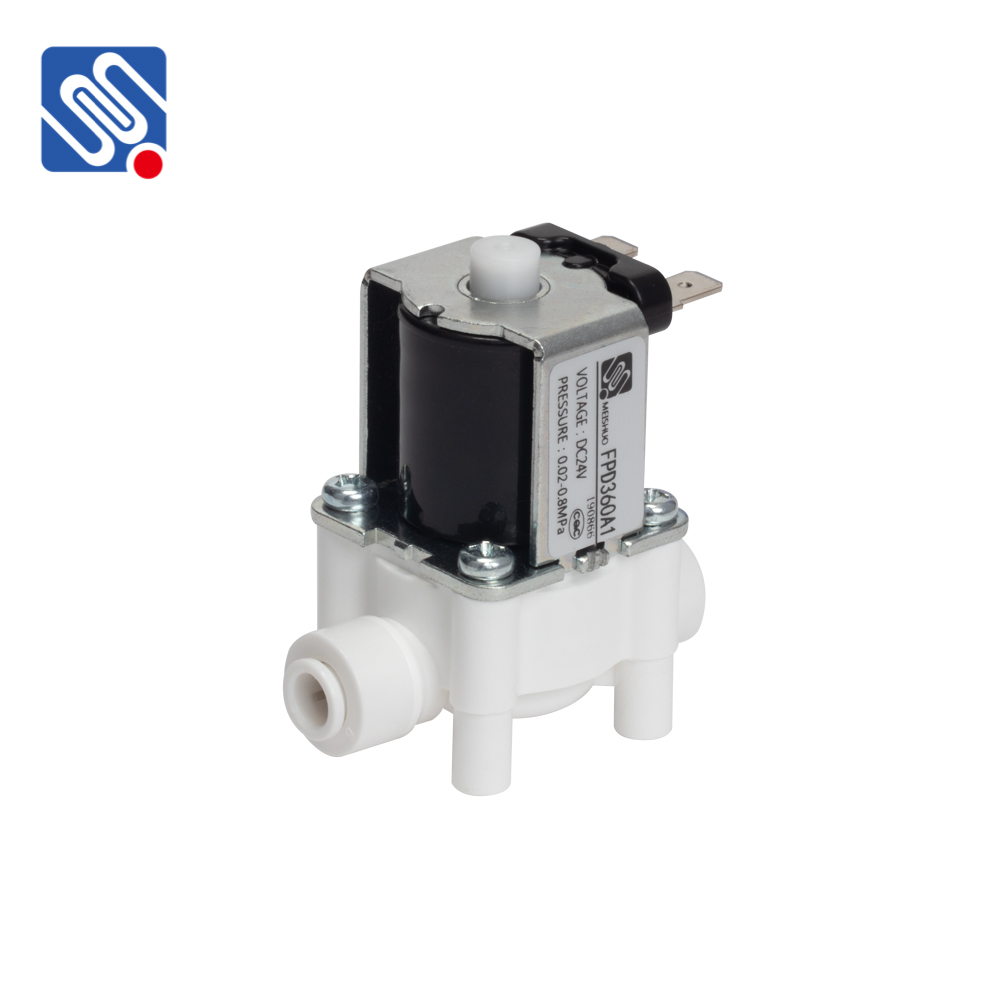A solenoid valve is a crucial component in various industrial systems, providing efficient control over the flow of liquids or gases. One particular type of solenoid valve that is widely used in many applications is the Normally Open (NO) solenoid valve. As the name suggests, this valve remains open by default when it is not energized, allowing for the uninterrupted flow of fluid or gas. The functionality, applications, and benefits of the Normally Open Solenoid Valve make it an essential device in multiple automated systems.

Functionality of Normally Open Solenoid Valve A Normally Open Solenoid Valve operates based on the principle of electromagnetism. It consists of a solenoid coil, an armature, and a spring-loaded valve mechanism. When power is supplied to the solenoid, it generates a magnetic field that pulls or pushes the armature, which in turn either closes or opens the valve. In the case of the Normally Open Solenoid Valve, when the coil is not energized, the valve remains in the open position, allowing fluid to pass through freely. The valve’s default position is open, meaning that the system is designed to let fluid flow without any external power. The flow is only interrupted when the solenoid is energized. Upon activation, the solenoid creates a magnetic force that moves the armature, pushing the valve to the closed position, thereby blocking the flow of fluid or gas. When the solenoid is de-energized, the valve springs back to its open position, and the flow resumes.
Leave a Reply